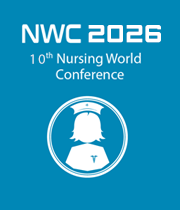Orthopaedic And Trauma Nursing
The critical information, direction, and expertise needed to support good practise are provided to practitioners working in orthopaedic and musculoskeletal trauma settings by Orthopaedic and Trauma Nursing. Any serious injury to the bones, joints, or soft tissue that results from an outside source is referred to as orthopaedic trauma. These injuries are frequently brought on by an unexpected event, such as a vehicle accident or slip and fall, but not always. Overuse can also result in trauma; for instance, running long distances frequently results in tibial stress fractures, which are minute hairline cracks in the lower leg. The term "orthopaedic trauma" covers a wide range of wounds, from minor fractures to incidents that can be fatal. The aim of surgeons who specialise in this field is to swiftly and successfully restore the function of the injured body part(s) despite the fact that there are several varieties of traumatic orthopaedic injuries.



Title : The power of presence: Investing in LVNs for lasting impact
Emma Gitomer, Houston Methodist Hospital, United States
Title : Reaching our residents: An interdisciplinary approach to educating our future providers in the art of telephone triage
Cori Brown, Childrens Hospital of Philadelphia, United States
Title : Turn the heat around: Quality improvement in malignant hyperthermia response through in-situ simulation
Ayumi S Fielden, Houston Methodist Hospital, United States
Title : PTSD and tools for nursing resilience
Renee Bauer, Indiana State University, United States
Title : Birth partnerships: Enhancing nursing care with doula support
Vera Kevic, Doulas on Bikes, Canada
Title : Shift strong: A proactive stress-physiology framework for early identification of nurse distress
Laura Hall, Colorado Mesa University, United States